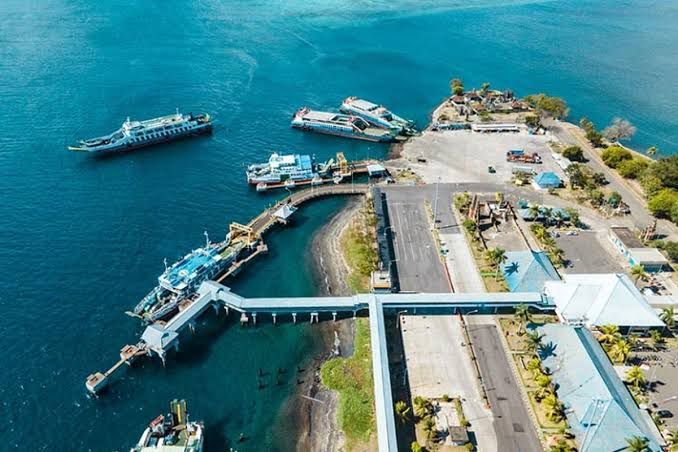By Achmad Husein Nyompa (East Indonesian Fisheries Expert)

Preparing Indonesia for Global Food Security
Indonesia has all the requirements to become a self-sufficient country and a major food exporter. Compared to other countries. For example, China has land that requires significant treatment in terms of soil and water management to achieve higher productivity. During the winter season, all crops enter a dormant phase, automatically halting the production cycle that has been established. This results in countries with three to four climates having a production period of only 6–8 months for their food production activities. Vietnam is similar; the seasons are not particularly favourable because the primary constraint in agricultural production is nature itself. Environmental constraints such as temperature and seasonal changes occur periodically, limiting the window for production.
In this regard, the Indonesian archipelago surpasses many countries. Indonesia possesses the most strategic advantage since its inception: a tropical climate. Agricultural cultivation can be conducted year-round. Water does not freeze, and flowers bloom year-round. Fruits have harvest times that are nearly overlapping. Food commodity engineering is highly feasible. Moreover, Indonesia's soil, rich in nutrients, and water, abundant in minerals, are blessings bestowed by God upon the Indonesian people to be managed wisely.
Indonesia once dominated the food sector, both in agriculture and fisheries. Indirectly, during the period from 1985 to 1986, the country exceeded its national rice quota, leading to large-scale agricultural exports. In other sectors, windu shrimp farming dominated the global shrimp sector from the early 1980s to the end of 1999 as the best producer and the largest supplier internationally.
What is missing?
In the late 1990s, farmers and miners reaped the benefits of high crop prices. During the global economic crisis of 1998, agricultural commodity prices rose in tandem with the dollar. For farming communities, this was a blessing in itself, with many reaping profits, leading to a proliferation of titles such as haji udang (shrimp pilgrim) and haji cengkeh (clove pilgrim) at that time, as commodity prices were exceptionally high. To reclaim that glory, Indonesia needs to develop and become more adaptive. What was limited during the previous era of prosperity was the agricultural and fisheries supply chain cycle, driven by policies and adequate post-harvest system management.
Now, land is becoming less productive. Water in shrimp ponds is contaminated with ammonia after more than 60 days of cultivation because it can no longer be managed with better methods. Shrimp can no longer achieve the desired biomass, so the size of shrimp that was once large and affordable in the market is now smaller and quite expensive. Farmers also lack the resources to cultivate Indonesia's natural resources, especially as many agricultural graduates prefer to shift their careers to the banking, retail, and commercial sectors.
Agriculture and fisheries are increasingly being abandoned. The sector most blessed by God on Earth is no longer sought after by His servants in cultivating the land. Pressure and optimism regarding crop failures are dwindling. Crop failures are not only caused by nature but also by humans. Theft from traditional ponds continues to occur, rendering previous efforts futile. As a result, traditional rice fields and ponds, which were once profitable, are now being converted into residential real estate and commercial offices. Is there still a future for Indonesian agriculture?
Rebuilding the national fisheries sector
Agricultural determination through technology and better social engineering designs is essential for the community to implement, supported by policy assistance. Intensification with technology is needed to upgrade productivity, for example, from producing only 0.5 tonnes of shrimp per hectare to 30 tonnes per hectare with intensification technology. Similarly, in agriculture, time efficiency is the top priority, and farmers no longer need to bother applying fertiliser one by one. Now, there is drone technology capable of aerial distribution, making the process more efficient.
What once took two days can now be completed in just one hour over a one-hectare area. Seed supply and production needs must be distributed evenly. Fertiliser must be accessible to every farmer in need, and fish feed must meet standards to achieve the market-required fish weight. Additionally, the government must ensure the market chain to prevent farmers from suffering losses and to improve efficiency in agricultural and fisheries operations. If these conditions are met, Indonesia can simply sit back as an international food powerhouse producing annually. A top global player capable of supplying rice warehouses, meat, and their derivative products.